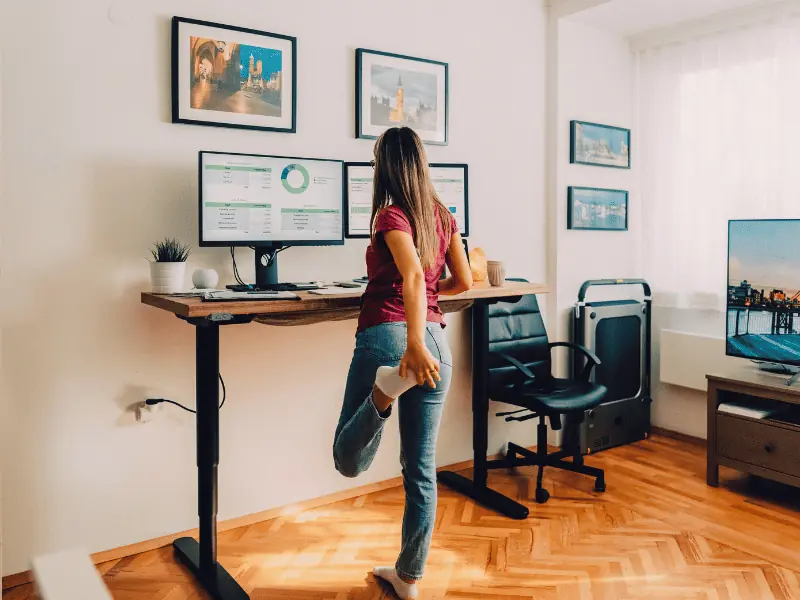
In recent years, the world of work has changed dramatically, and with it, home office has become an increasingly popular option. While the flexibility and convenience of working from home offers many benefits, it also comes with challenges, especially for your health. One of the most important aspects that is often overlooked is the importance of ergonomic furniture in the home office. In this article, we take a look at the impact of ergonomic furniture on your health and how it can help you work productively and pain-free.
The term "ergonomics" refers to the design of workplaces that adapts to the natural movements of the human body. The goal is to reduce strain, stress and injuries that can result from repetitive movements and poor posture. In the home office, many people spend hours in front of a screen, and without proper ergonomic set-up. This can lead to various health problems, including:
Ergonomic furniture plays a crucial role in your home office's health. So, by ensuring correct posture and reducing strain, you can not only work more productively but also improve your long-term health and well-being. Invest in high-quality ergonomic furniture, design your workplace efficiently and don't forget to take regular breaks and exercise. Your body will thank you and find that you can work even more effectively and motivated in your home office.
You are currently viewing a placeholder content from Brevo. To access the actual content, click the button below. Please note that doing so will share data with third-party providers.
More InformationYou need to load content from reCAPTCHA to submit the form. Please note that doing so will share data with third-party providers.
More InformationYou need to load content from Turnstile to submit the form. Please note that doing so will share data with third-party providers.
More Information